Last updated on February 14th, 2023
Women share their journeys of the heart in these ‘once-in-a-lifetime’ trips
By Amanda Burgess, Contributor, JourneyWoman
Once-in-a-lifetime travel isn’t just about the destination. It’s about the unique, immersive experiences that enrich our lives. We asked JourneyWomen to tell us about the most meaningful trip they’ve ever taken. What poured in was a mix of heart-pumping adventures, learning excursions, and journeys of the soul.
Carol’s once-in-a-lifetime trip to South Africa to adopt a baby girl
Carole Neron first travelled to South Africa in July 2000 for the International AIDS Conference in Durban, South Africa, after which she travelled around the country for three weeks.
Highlights of her experience include: Attending the Conference, meeting people from all over the world with common goals and learning so much from them; hearing Nelson Mandela speak at the Closing Ceremonies of the Conference and being overcome with emotion; travelling through the Drakensberg Mountains to the Sani Pass and Lesotho, and seeing the Malutoi Mountain Range of Lesotho; hiking in the Drakensberg Mountains to the Balancing Rocks and Bushman Cave paintings; watching a morning sunrise from a mountain-top chalet in the Drakensberg; seeing elephants, zebras and giraffes in the wild on safari; hiking in Tsitsikamma National Park; walking across a hanging bridge despite being terrified of heights; and visiting Robben Island where Nelson Mandela was imprisoned.
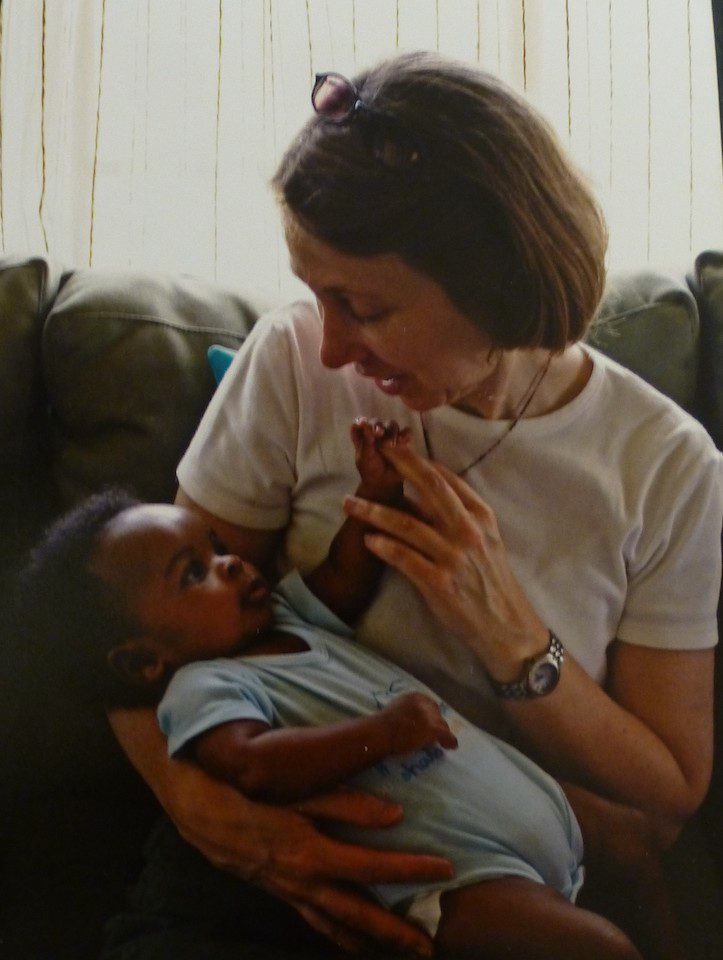
What made her trip once-in-a-lifetime
While Neron actually made two trips to South Africa, it was the profound impact that the first had on her that inspired her to return in 2007 to adopt her daughter.
“The beauty of South Africa and the diversity of the land we saw…often I was brought to tears. The resiliency and optimism of the Black South Africans we met. The poverty that I witnessed – I had not seen anything quite like that. It was difficult but important to see. The institutional and systemic racism that I saw. Despite being in the majority, I never saw Black South Africans in management positions – for example, in the hotels, hostels, resorts, restaurants, or as small business owners,” she says.
In 2007, Neron returned with her sister in tow to adopt her daughter, who was nearly three months old. At that time, Canadians adopting from South Africa had to stay in the country for three weeks to complete the adoption and citizenship paperwork. Adopting a black child from South Africa took some deliberation.
“Adopting interracially, and taking a child from a country where she would be in the majority to one where she would be in the minority, are not things I took lightly. I am indebted to my daughter’s birth mother, and feel very privileged to have the opportunity to be a mother to my daughter,” she says. “I remember getting up very early and sitting on the front step of our B&B, reflecting on the importance of the day in my life – I was about to become a mother. As we started up the long driveway, my emotions were too much for me, and I started to cry! Within a few minutes, my sleeping daughter was put into my arms. She woke up about 10 minutes later, and almost immediately smiled as I looked into her eyes and spoke to her. Another time that day I was overcome with emotion. And the new leg of my motherhood journey began.
Both trips taught Neron about gratitude. She says it’s humbling to be in a country where the majority of people experience poverty that she has rarely witnessed and never experienced.
“I was struck by the resiliency and optimism I heard from Black South Africans, despite their experiences. My everyday concerns and complaints at the time were trivial in comparison. I try to think back on this whenever I lose sight of my gratitude,” she says. “Of course, the second trip gave me the greatest gift of my life – my daughter. For that, I am so grateful. My trips to South Africa also taught me much about privilege. We take much for granted here, and can lose sight of how lucky we are. For example, each time I go to vote, I bring my daughter and speak to her about the importance of voting – how it is a democratic right and a privilege. My daughter’s ancestors did not always have this right.”
How Janet’s overland excursion through the Middle East changed her forever
In the late 1990s, then 30-something Janet O’Hehir found herself at a crossroads. In a two-year period, her father passed away suddenly, her long-term relationship ended, and her horse and dog died within months of each other.
“It felt like the exit signs were blinking furiously! I’d always been curious about the Middle East and had been inspired by a friend’s sister who had travelled the Silk Road on an overland expedition. It sounded so far away from my safe life in Adelaide, South Australia and I felt particularly drawn to Iran having read stories of ancient Persia as a teenager,” she says.
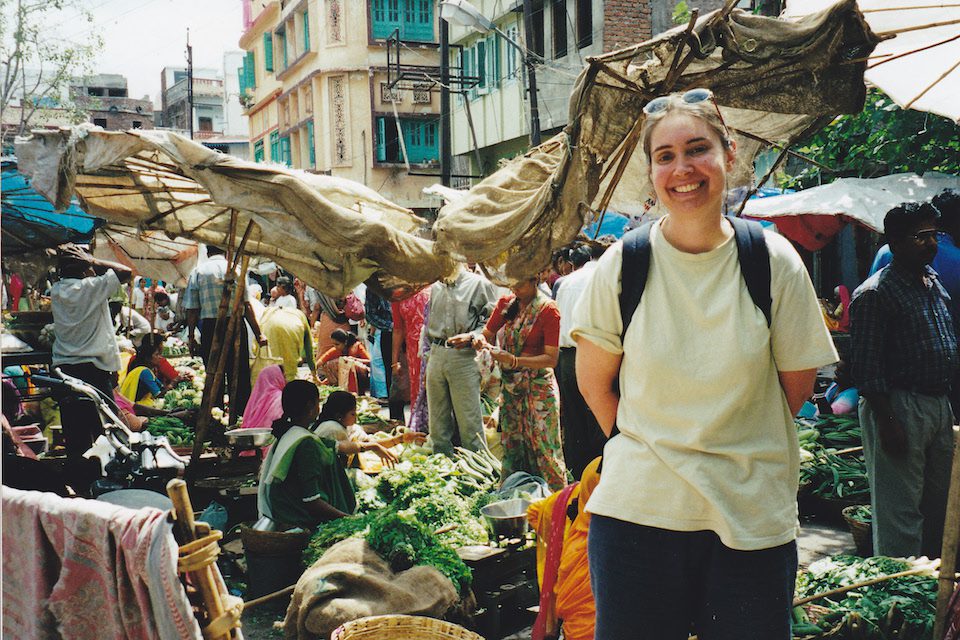
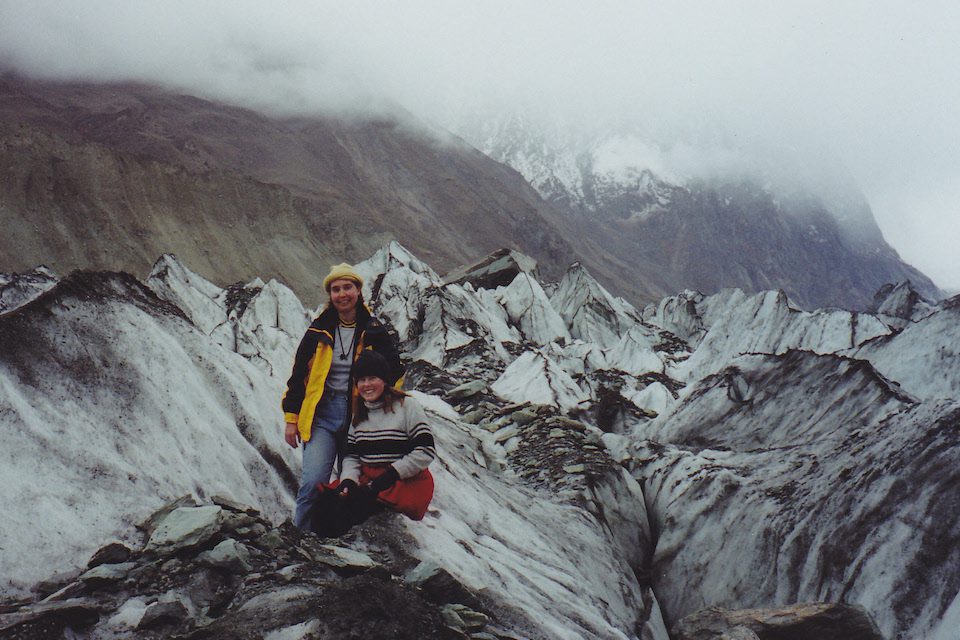
At the time, the highlight of the trip for her was following in the footsteps of Moghul emperors, conquerors and ancient civilisations. As she reflects on it now, years later?
A Woman’s Travel Guide to England: The Best Places to Stay, Eat, and Explore from a Former Local
England is one of my heart places. It’s where I grew up, have moved back to twice, and have spent many holidays. I will never get tired of visiting. Here are a few tips for you if you decide to go.


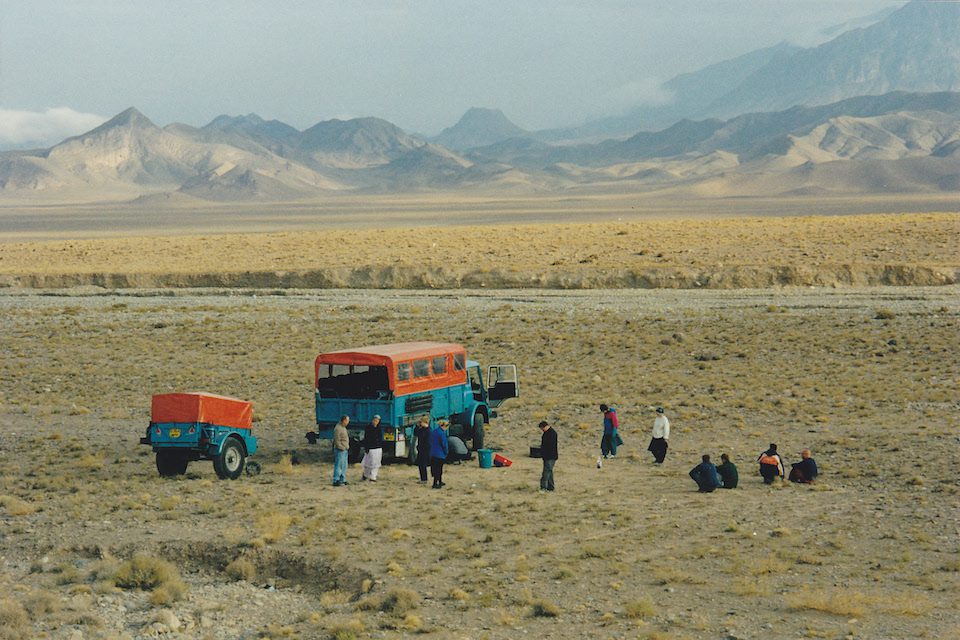

O’Hehir had never travelled widely outside of Australia before beyond a family holiday to Europe and a work trip to Canada.
“I set off on my own, into the unknown, to places that were a dot on a map of the world. Travelling through ancient lands, seeing monuments and landscapes that have stood for thousands of years – it makes you realise how we are just here for a fleeting moment, and pretty insignificant in the grand scheme of things. It’s equally sobering and astonishing,” she says. “I travelled through a geographical region that has seen civilisations rise and fall, prosperity and poverty, peace and war. It is humbling to think that the history and culture developed over millennia will remain long after we depart this mortal coil! I had prior impressions that were upended. I gained a greater respect for Islamic traditions, although I struggle with its patriarchy and lack of division between religion and state.”
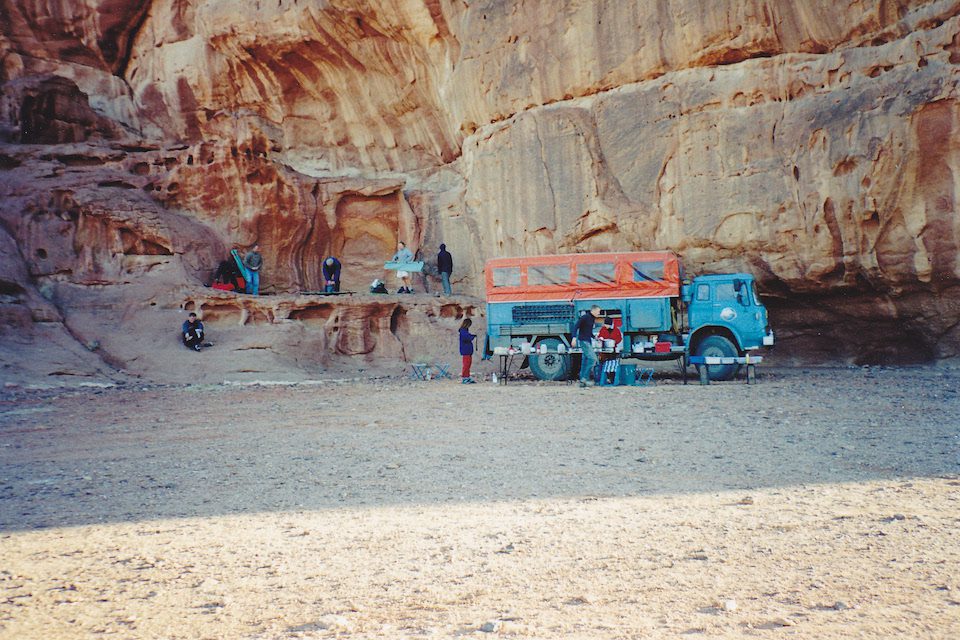

O’Hehir left her safe life in a small city and revaluated her future in a bespoke industry where she was well-known.
“I could see the career path ahead of me would be pretty much the same until I retired, and the thought of that was depressing. I needed to shake things up,” she says. “For the first time in my life, I found that no one had any expectations of me. I had to connect with 14 total strangers, put my safety into the hands of others, and step out of my comfort zone to discover who I was without the embellishment of my job, my family or my social circle. I found that I thrived, but more than that – I actually liked the person that I had become! And I made lifelong friends who I know will be part of my life to the end of days, even though we live in different continents.”
The experience taught her to trust her own instincts, and others. That she was braver and more resilient than she thought. That we’re all connected in some way, that happiness can be found in humble places, and that the world is both small and larger than we think.
How Linda’s 900-mile sailing expedition along the Amazon River yielded many lessons
Linda Krogh had a rare opportunity to sail with Road Scholar and Semester at Sea from the Bahamas with stops at eight different Caribbean islands and travelling 900 miles along the Amazon River to the town of Manaus, Brazil.
“I’ve always been fascinated by the Amazon. I was reading through Road Scholar trips and this trip popped out and the price was reasonable and I signed up the next day. They even offered a free single supplement,” she says.
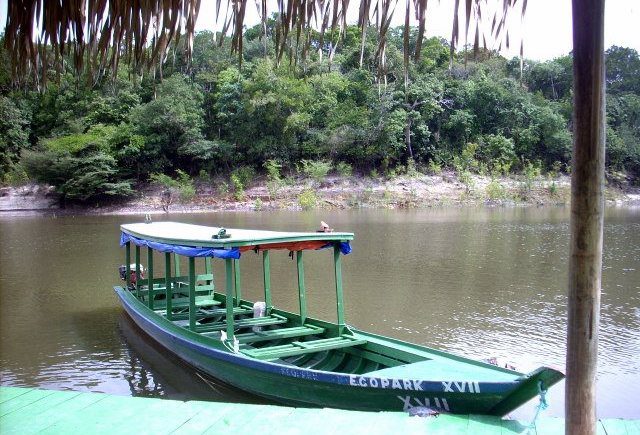

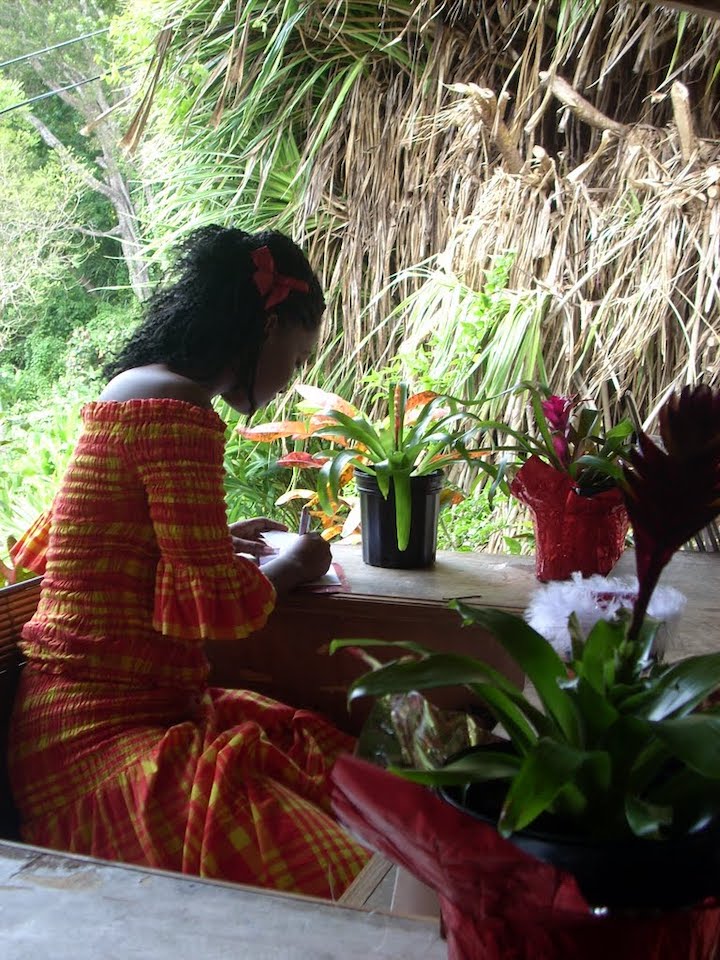

- Seeing the expansiveness of the Amazon
- Realizing that the small boats at the edge of the Amazon river are used much as Westerners use cars on roads
- The beauty of the Amazon and life along the river
- The Manaus market – so many never-before-seen types of fish
- The Manaus Opera House tour
- Seeing the Rio Negro and Amazon rivers, which don’t join, flow side by side due to their chemical makeup
- Seeing the Southern Cross in the night sky
- Always the people – activist Julian Bond was a guest speaker, and the trip was guided by so many wonderful professors and teachers
What made her trip once-in-a-lifetime and how it changed her
Prior to this adventure, most of Krogh’s travels had been through Europe or Mexico. This was uncharted territory.
“South America was a new adventure. Many of our day trips from Cayman – hunting at night on the Rio Negro to a jungle hike with a native woman – were something I never imagined myself doing. It gave me confidence and enabled me to drop many fears of travel in unusual places. That was life-changing,” she says. “I learned that I am braver than I thought I was. I felt so alive almost every minute of the trip. I love that. It encourages me to get out of my comfort zone. I also developed a better understanding and appreciation for people living on the Amazon. The preciousness of the river at risk in our environment.”
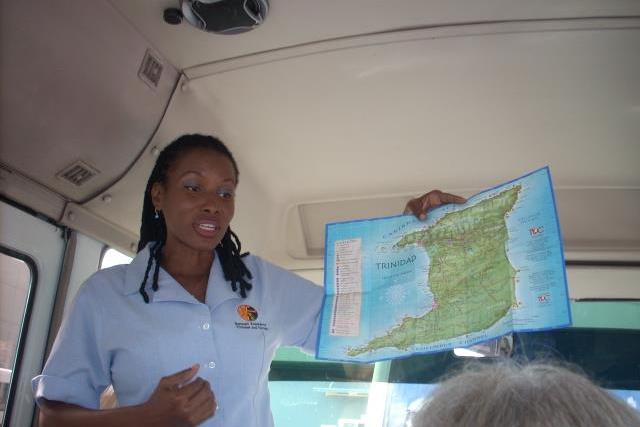

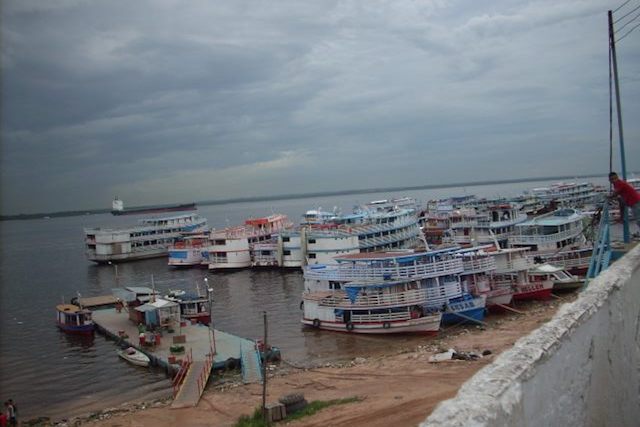

When a family of elephants has a profound impact on Alison and her daughter in Borneo
In 2016, Alison Browne returned to the Nature Lodge Kinabatangan in Borneo, where she’d first travelled solo in 2013, with her daughter. This visit was part of a longer trip to the island, but the handful of days the pair spent at the lodge had the most lasting impact on both.
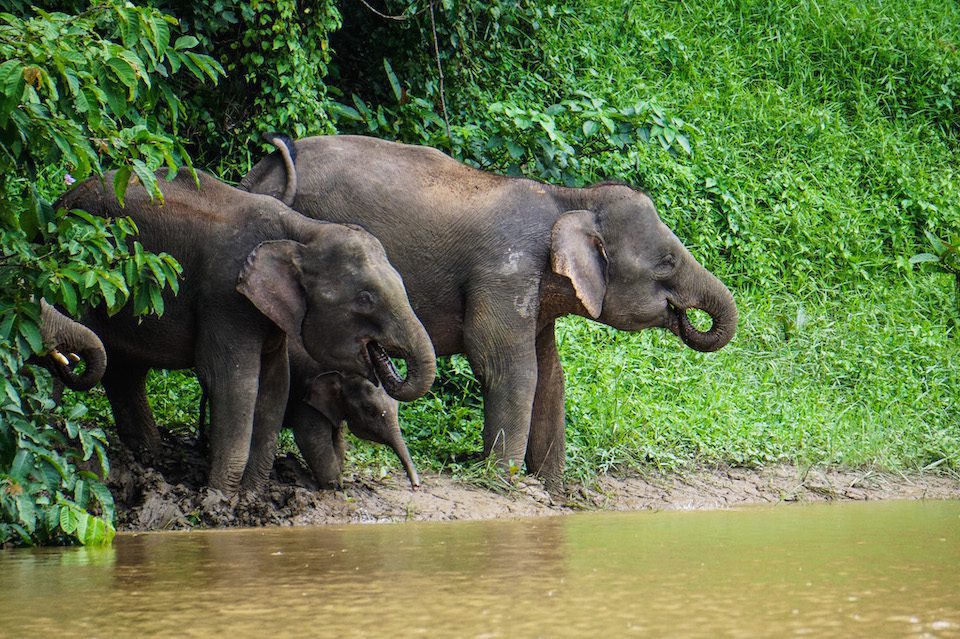

A Woman’s Travel Guide to England: The Best Places to Stay, Eat, and Explore from a Former Local
England is one of my heart places. It’s where I grew up, have moved back to twice, and have spent many holidays. I will never get tired of visiting. Here are a few tips for you if you decide to go.
Unexpectedly running into a herd of elephants swimming in the river and taking mud baths changed Browne’s life. What made seeing the elephants swimming in the river so special was that this trip was not preplanned and not part of the lodge’s offering. Usually, the pygmy elephants are seen at the lodge about once a month when they are feeding on the tall grasses in the area. They feed and move on down the river. The elephants had been at the lodge a few days before Browne and her daughter arrived.
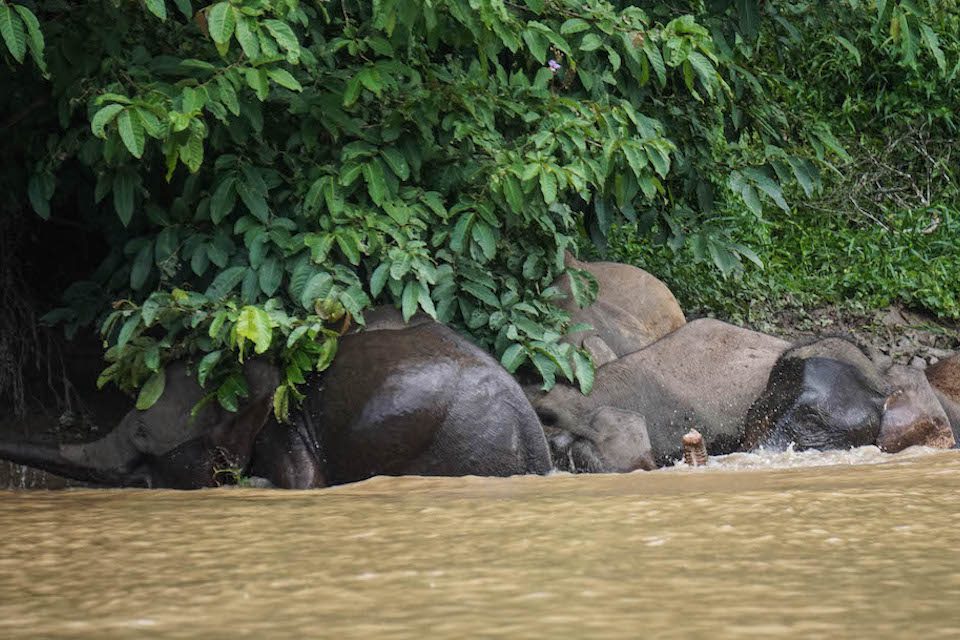

How the trip changed her
“Humankind has not woven the web of life. We are but one thread within. Whatever we do to the web we do to ourselves. All things are bound together. All things connect.” – Chief Seattle
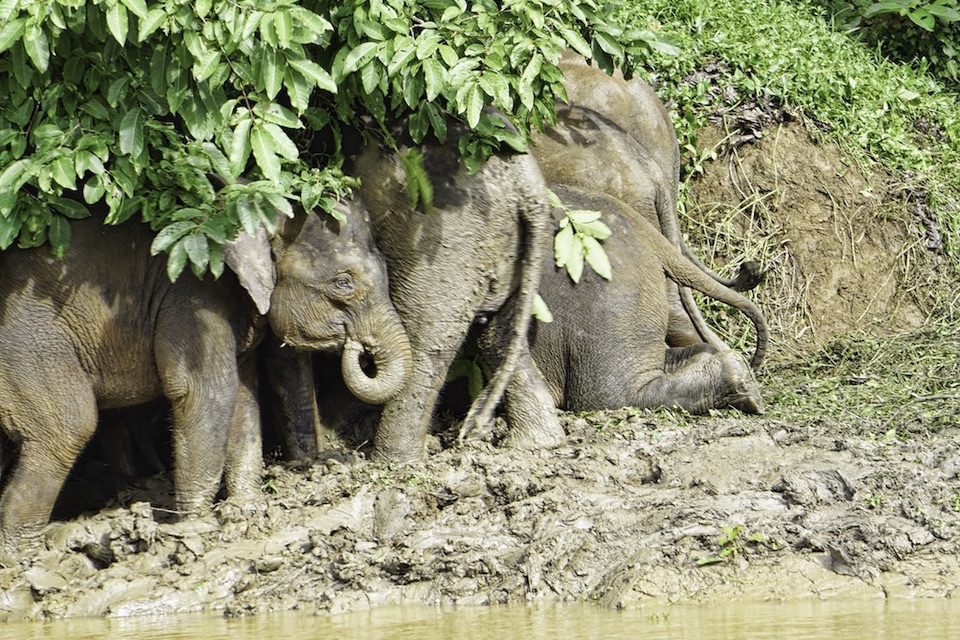

“Watching the elephants interact in their family way swimming, bathing, trumpeting and protecting their young was unbelievable. There were two small boats of humans and I felt like we were intruding on a magical, private elephant moment. Through the trees, we could see a palm oil plantation and realized how very little space these majestic animals have to roam. No wonder their species is endangered,” she says. “I came home determined to eliminate palm oil from my diet and try to educate anyone I knew to do the same. Palm oil is in just about everything from almond milk to make-up and has a long list of names that disguise its presence.”
The experience taught Browne that seeing wildlife in their natural habitat is a profoundly moving experience. “It resonates somewhere deep within and connects with something much bigger than myself. Each opportunity to see wildlife is a completely different experience,” she says. “When we could smell the elephants, we went silent. All the participants that had signed up for this rogue excursion went completely silent. We knew we were close. My heart was beating so fast. We were just a small boat. What would happen? It was pure magic to bear witness to these elephants in their habitat.”
The trip also taught her to say yes to opportunities more often: “At first, when my daughter suggested going to Borneo I thought, ‘Well, I’ve already been and I saw orangutans and pygmy elephants.’ Then I pinched myself and thought, ‘Go to Borneo with your daughter? Of course, you’re going to go.’”

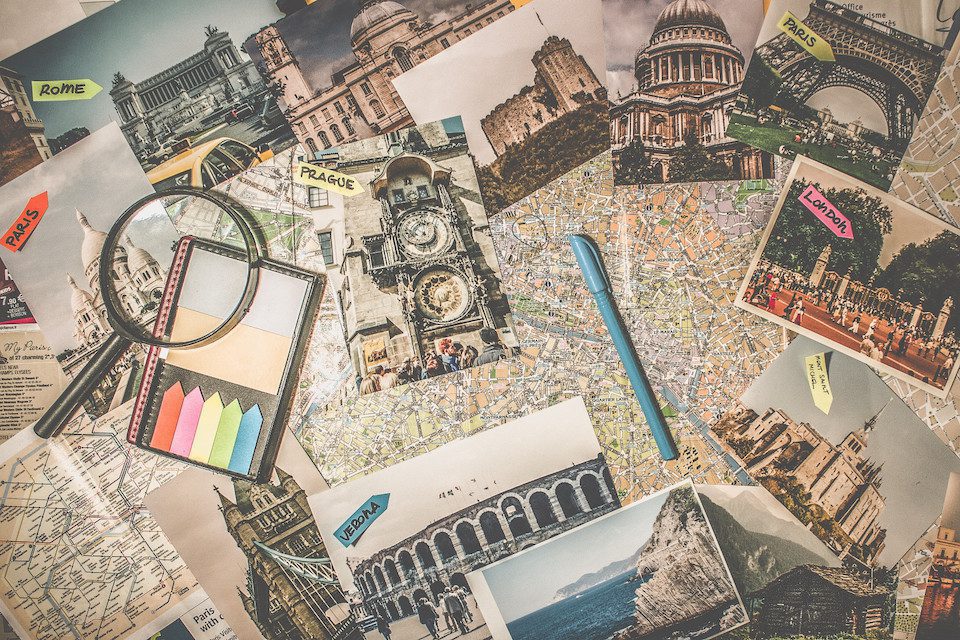

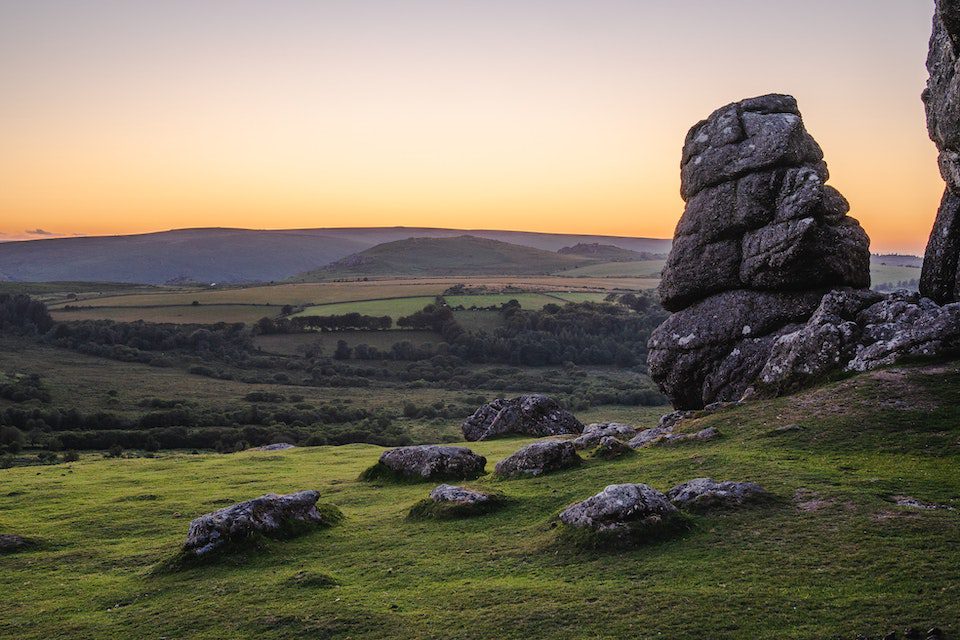
It’s always great to hear about other women who came before me or who (like me) love the more remote locations. While I always want to see so many things in the world, it is always the experiences with people or animals that remain entrenched in your memory.